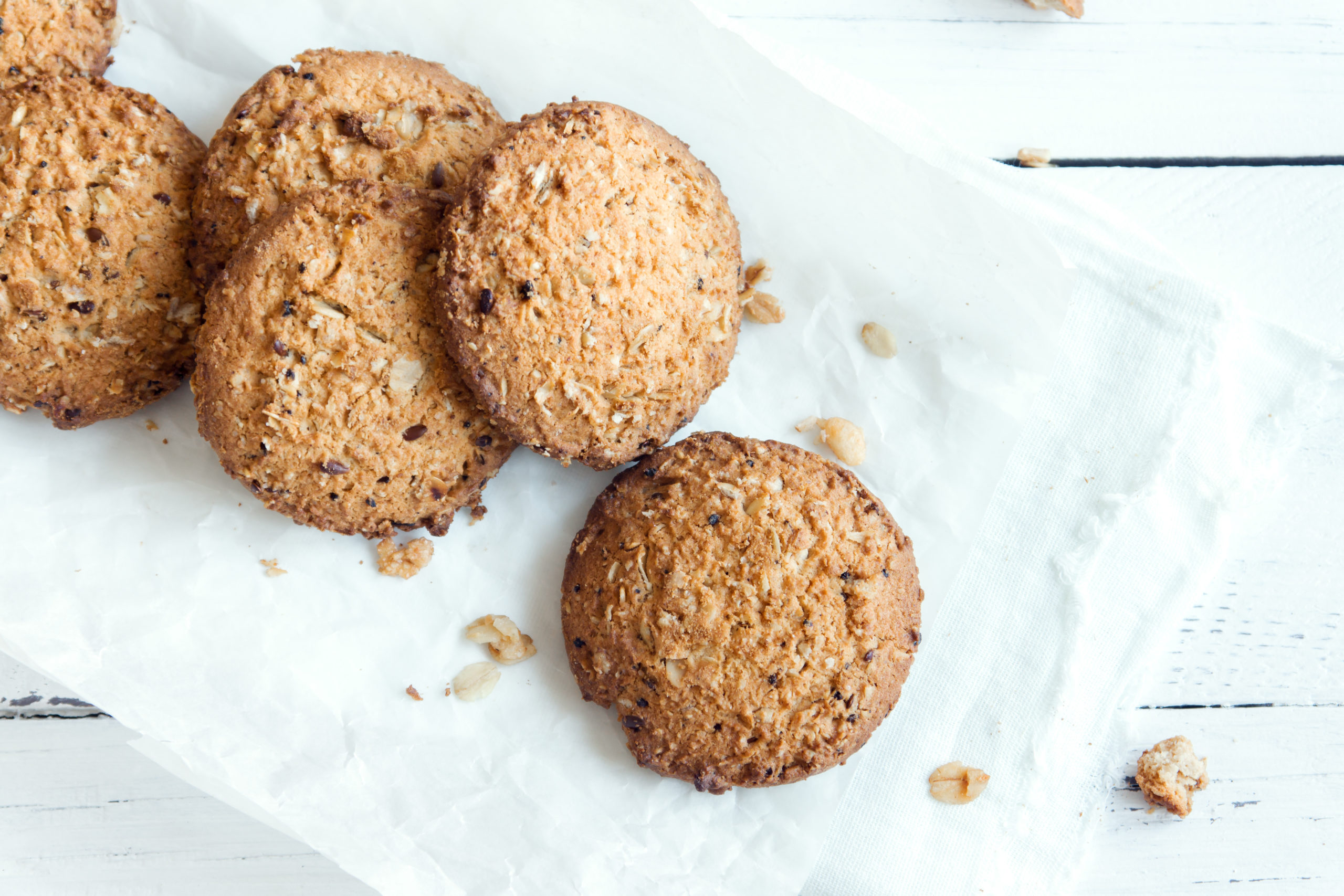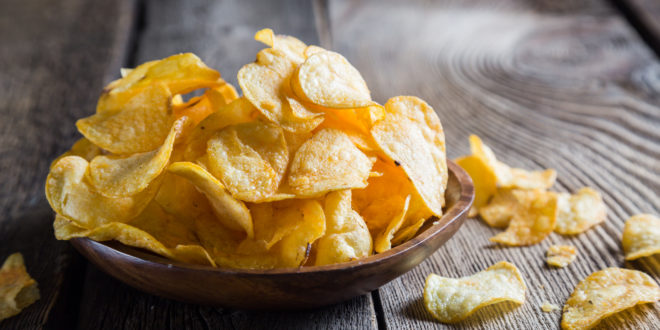In 2023 European provisions relating to the presence of acrylamide in food will change. This happens about twenty years after the first studies that showed the danger to human health of this substance, which is formed in many cooked foods (starting with biscuits, snacks and bread, chips and coffee) when the temperature exceeds 120 ° C due to the reaction that occurs between sugars and amino acids in conditions of low humidity. Almost all the producers involved will therefore have to modify the recipes, to respect the rules (much more than they do today) and avoid reaching the maximum allowed threshold.
So far, in fact, there had been an extreme tolerance. The companies had to do everything possible to lower the levels and align themselves with the reference values defined in 2018 (i.e. the ALARA principle was applied, by As Low As Raesonably Achievable). If any company went overboard, there were in fact no consequences for which there was everything on the market. According to the tests carried out in recent years, acrylamide concentrations varied from 50 to 7 thousand ppb, depending on the recipes, cooking conditions and, above all, the type of flour used. Some have very high amounts of asparagine, one of the amino acids that most easily gives rise to acrylamide, as well as fructose, which is more reactive than glucose, and other sugars. Naturally, water also has something to do with it, essential for the enzymes that catalyze the reaction to work at their best.

But soon variability will also have to be reduced, because a maximum permitted level will be defined and the optimal reference values that companies should commit to achieving will probably be reduced. A breach of the limits should result in penalties and other measures. There’s more. The new rules should include categories not foreseen today such as cocoa powder, potato dishes (in addition to french fries) such as rösti and croquettes, vegetable chips and more. In this case, this is the natural consequence related to the enlargement decided in November 2019 of the monitoring of acrylamide concentrations to many types of bakery products. This group includes, for example, tortillas, pancakes, croissants, donuts, various types of bread and also, by extension, hamburgers and sandwiches (precisely because they contain cooked starch products).
L’acrilammide was defined by the WHO International Agency for Research on Cancer (IARC) as a probable carcinogen as early as 1994 (class 2A) and, according to more recent studies, if taken chronically, it could also damage nerve fibers and therefore increase the risk of neurodegenerative diseases such as Alzheimer’s. However, the data is still quite confusing, as emerged in a very recent meta-analysis, published in Frontiers in Nutrition in 2022 and related to 31 studies involving over one million people. Putting the data together it was not possible to demonstrate any certain link between an average intake of 23 micrograms per day of acrylamide for an average period of about 15 years and numerous types of cancer including those of the oral cavity, stomach, esophagus, colorectal, prostate, pancreas, thyroid and more.

But things they will have to change. To adjust, remember FoodNavigator, there are various solutions, the most effective and harmless of which is the addition of the right assortment of enzymes, especially asparaginase, the enzyme that converts amino acid into aspartic acid, completely harmless. However, the definitive version of the new rules is awaited.
Use: For those interested in learning more about acrylamide and how to reduce its formation, Chiara Manzi, a graduate in human nutrition and dietetics, has published the popular book “Acrylamide – Il carcinogeno tabù”, to be released on 1 October 2022, which to tell which foods are most at risk and which are the solutions offered by science to avoid it, it also contains recipes for dishes with a reduced acrylamide content.
© Copyright reserved Photos: AdobeStock, iStock
For 12 years, Ilfattoalimentare has been talking about what happens in the world of supermarkets, what are the pitfalls in labels, publishes sentences on misleading advertisements as well as reporting the work of lobbies that operate against the interests of consumers.
Ours is an independent site without a publisher, without conflicts of interest and without public contributions. This is possible thanks to the banners of the companies and the thousands of readers who read us every day and allow us to reach 20 million views a year, without stuffing the articles with invasive advertising. Ilfattoalimentare gives free access to all articles.
Support us, just a minute click here. If you want you can also do it with a monthly payment.
Roberto La Pira
